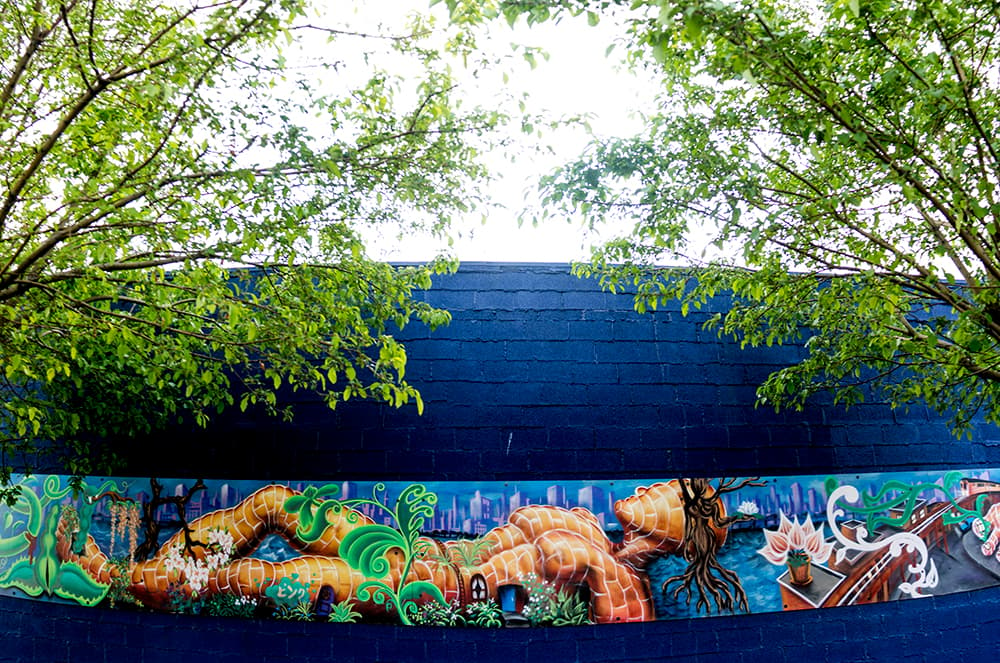In 2007, Councilman Paul Lopez first found himself advocating for a recreation center in the Westwood neighborhood. It's taken ten years, but that vision is finally drawing close to fruition.
“It didn’t happen overnight,” said Lopez. “There have been people who have been organizing and working in the neighborhoods for the rec center for a very long time.”
It's not final, but a $37 million proposal for a West Denver recreation center is on the final list of projects recommended for a $749 million spending package. Mayor Michael Hancock and the Denver City Council still have to approve the list, and local voters will make the final call in November on whether the city should be allowed to spend all that money.
“The rec center is a much needed tool in order to change the direction in terms of childhood obesity, cardiovascular disease and diabetes for a lot of folks who are living in poverty,” Lopez said.
A recent city assessment highlighted concerns about people's health in the area. The report said children who live in chronically disadvantaged neighborhoods struggle with lower health outcomes. Westwood is no different, as 20 percent of children in the neighborhood are considered to be obese. Westwood residents' lifespan is statistically 12 years shorter than people in other Denver neighborhoods.
“One could say it’s a matter of life or death,” said Lopez. “It is a matter of living those years healthier.”
It took a village.
Along with an effort from Councilman Lopez, Westwood residents made sure their message was heard loud and clear by those in charge of the bond. Denver’s government reported that a possible Westwood recreation center received more comments than any other topic regarding parks and recreation.
Norma Brambila, the community connector for the nonprofit Westwood Unidos, emphasized the importance of the neighborhood having a recreation center.
“The recreation center is not considered a luxury, it is considered a necessity,” Brambila said through a translator. “There is no after school programing. There is nothing available for students.”
This all started with residents meeting and discussing issues the neighborhood is facing. Among those issues was the absence of a recreation center and other space for physical activities.
Brambila said some residents currently walk nearly two hours to reach a recreation center. The recreation center can not only provide opportunities for exercise, but Brambila hopes that it will keep children out of trouble.
“We have been working for ten years -- a lot of folks in the neighborhood, to identify this as a priority and to match dollars," Lopez said.
Finding parking and translation services made it all the more difficult for some in Westwood's heavily Hispanic population to keep pushing for the project, but they kept at it, Brambila said. Brambila credited Jesús Orrantia, a council aide to Lopez, for providing resources to residents so their message could be translated.
“They pay taxes like everyone else, and there is nothing for the kids to do,” said Brambila. “They turn to technology, doing things that they shouldn’t be doing and having problems.”
What would a Westwood recreation center look like?
A draft proposal for the recreation center suggests it would include a gymnasium, cardio, weightlifting and an indoor pool.
The recreation center may also include a track, dressing rooms, community meeting rooms and offices.
These details would be determined during design, which would include community input and take about 12 months once the project's approved. Construction could take another year.
What’s next for the GO bond?
Mayor Hancock addressed the bonds committee following their presentation and briefly touched on changes in Denver.
“The city is in the midst of transition,” he said.
As the committee closed out their final recommendations to Hancock, the mayor referred back to an equity map (page 5) that categorizes districts by inequity levels. District 3, where Westwood is, was ranked as having a high inequity rate.
“This map reflects the ... critical needs in the city,” Hancock said. “It is exactly where we have identified the greatest physical, civic educational needs at. I’m not surprised by some of the geographic distributions. There is huge potential, but no one had it scoped out yet.”
“Equity is an important stick to measure by,” said Lopez.
Next, the mayor and council will determine if any adjustments to the list of funded projects are needed. This process will see Denver City Council vote and refer the final project recommendations to the ballot in August. Following this, the project recommendations will be presented to voters in November.
“What I notice here is the balance of new and deferred maintenance,” Hancock said. “Every bond effort that I have been a part of pretty much reflects this.”













